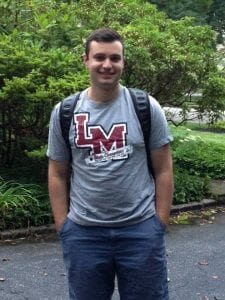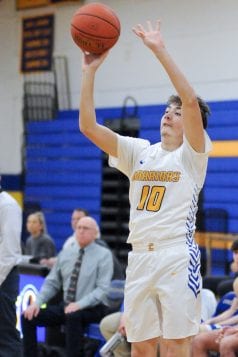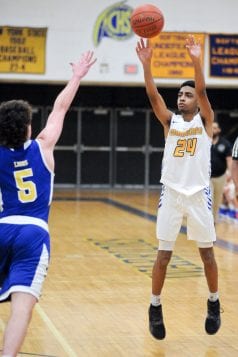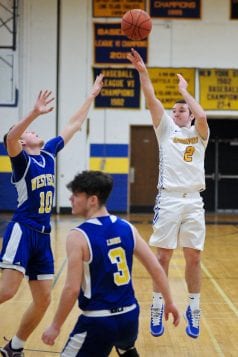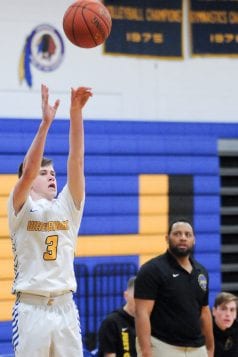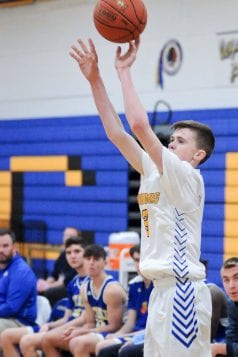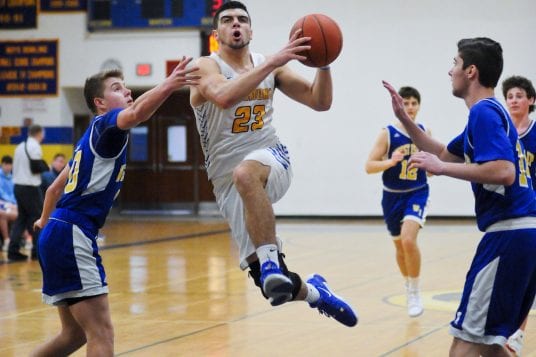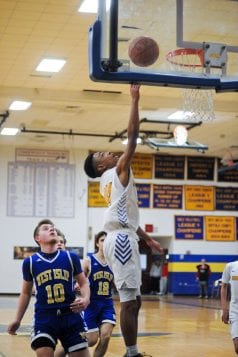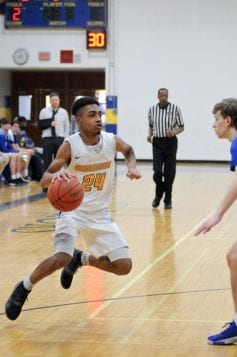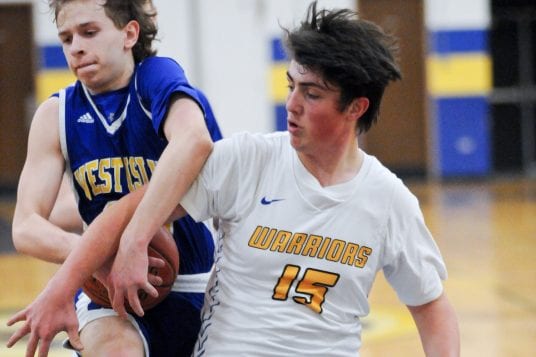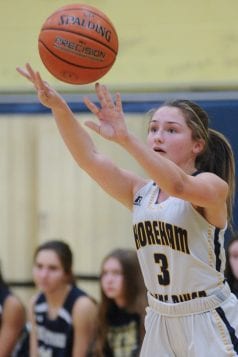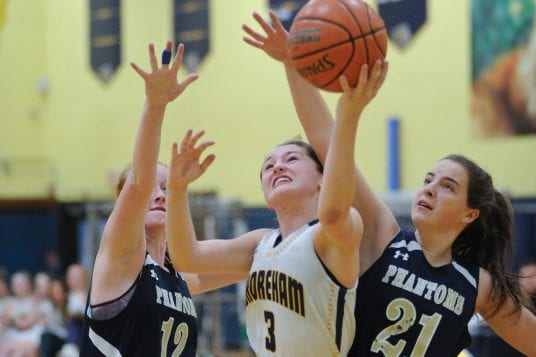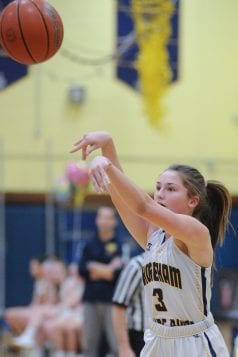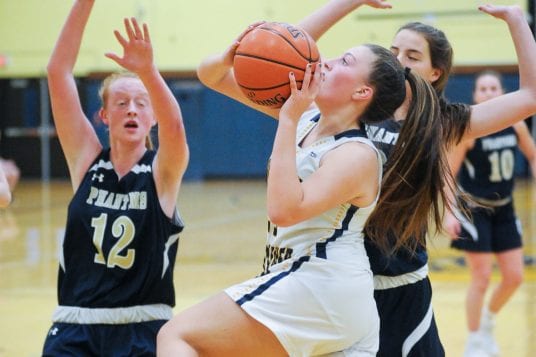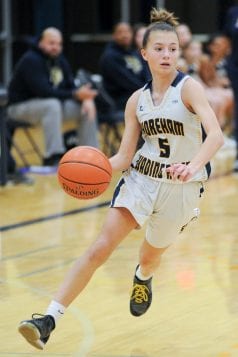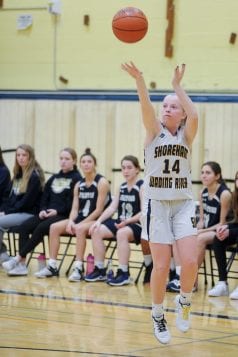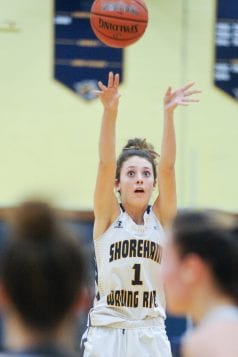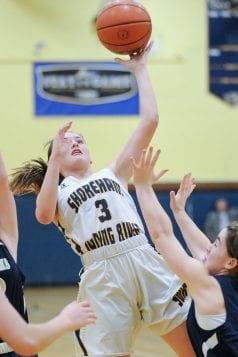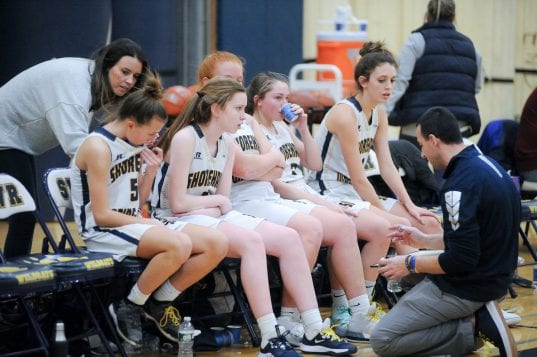By John L. Turner
Many Long Islanders look forward to the winter. It’s a time for skiing, skating, sledding and building snow people. It’s the time of year to walk along quiet coastal shorelines devoid of the maddening crowds and, during the holidays, provides the opportunity to reconnect with family and friends. For folks inclined to stay indoors during the cold, it’s a time to catch up on best-selling books accompanied with the obligatory hot chocolate, wine or spirits of a stronger nature (a smooth tasting bourbon, anyone?).
My primary attraction of the winter? Waterfowl or, more precisely, ducks, swans and geese and the more the merrier! Each winter I look forward to the arrival of nearly three dozen colorful waterfowl species that fly south to overwinter on the Island’s ponds, lakes, harbors, bays and near-shore ocean waters, making our island one of the premier waterfowl viewing locations in North America.
They join several species that are on Long Island year-round, such as mallards and mute swans. They arrive here from far-flung places where they’ve spent the breeding season: northern forested ponds, the tundra wetlands of the far north ranging above the Arctic Circle and North America’s “duck factory” — the prairie pothole region of the Dakotas, Montana and the prairie provinces of Canada.
All waterfowl are avian eye candy and, unlike many other birds that are challenging to identify because they constantly flit around, generally stay put on the water, giving the viewer ample opportunity to enjoy their rich tapestry of color and texture and to make the correct species identification.
If you think I’m exaggerating about their beauty, as soon as you finish this article, look up the following species – wood duck, harlequin duck, redhead, common eider, hooded merganser, ring-necked duck and long-tailed duck (especially the male). Or how about the little butterball-shaped buffleheads, or the similarly small ruddy duck and green-winged teal. Let’s not forget common goldeneye, graceful northern pintail or larger northern shoveler, which uses its unique spatulated bill to feed on algae, duckweed and small aquatic animals available in freshwater ponds.
One duck I always look forward to seeing is the least showiest — the gadwall (one of the prairie pothole species). They overwinter on ponds throughout the Three Village area and are regular winter visitors on the pond at Frank Melville Memorial Park and the pond extending south of the Old Field Road bridge.
Take the time to look closely at a male gadwall and you’ll agree with one of the monikers birders’ call it -— the duck in the herringbone suit. The feathers are finely barred, with subtle reticulated patterns reminiscent of a maze diagram a child would try to solve; no surprise these beautiful little feathers are prized by fly fisherman for fly tying. As you watch gadwalls don’t be surprised if they turn “bottoms up,” plunging their heads below their surface with only their rumps showing as they feed on aquatic vegetation that sustains them through the winter.
Over the past decade us waterfowl aficionados have more reason to enjoy the winter season, as several “exotic” waterfowl species like barnacle and pink-footed geese have become regular visitors. These are species common to regions in Europe that have begun to nest in northeastern Canada and instead of crossing the Atlantic Ocean to overwinter in Europe, they head south to coastal New England and Long Island.
And due to taxonomy (the science of biological classification) we get a new species of Canada goose called the cackling goose in our midst, identifiable by its smaller body and shorter neck.
To satisfy my seasonal waterfowl fix I recently visited the bluffs adjacent to the Old Field Lighthouse, overlooking Long Island Sound. I was in search of hardy sea ducks and I wasn’t disappointed.
Focusing the 40× scope on the rafts of sea ducks, I was quickly rewarded by a wonderful collection of feathered beauty — common goldeneyes, red-breasted mergansers and several species of scoters (black, white-winged and surf).
Also bobbing in the waves was my favorite — the exotic looking long-tailed duck (a future article on this duck awaits). Common loons and a few gull species were sprinkled throughout the calm, near-shore waters. Many ducks were actively feeding, diving to the bottom to forage on mussels and snails. The weather was below freezing and I marveled at the birds’ abilities to thrive in such conditions without a problem.
Not so for me, as my fingers and feet were growing uncomfortably numb after an hour of standing in the relentless chill. But as I ambled back to the warmth of a car, with binoculars slung around my neck and birding scope on my shoulder, forefront in my mind were the beautiful images of all these ducks — an annual gift of the winter season I never tire of receiving.
If you haven’t yet enjoyed taking a closer look at winter waterfowl, consider it a holiday present wrapped in pretty paper with a gaudy bow. I hope you take the time to unwrap this winter gift in the weeks ahead.
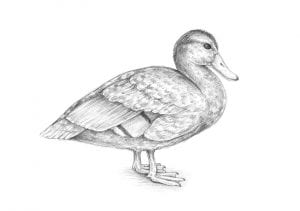 A resident of Setauket, John Turner is conservation chair of the Four Harbors Audubon Society, author of “Exploring the Other Island: A Seasonal Nature Guide to Long Island” and president of Alula Birding & Natural History Tours.
A resident of Setauket, John Turner is conservation chair of the Four Harbors Audubon Society, author of “Exploring the Other Island: A Seasonal Nature Guide to Long Island” and president of Alula Birding & Natural History Tours.





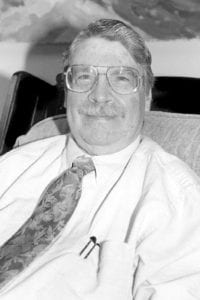



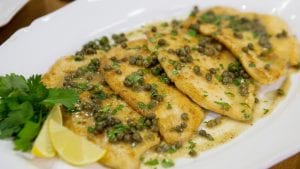

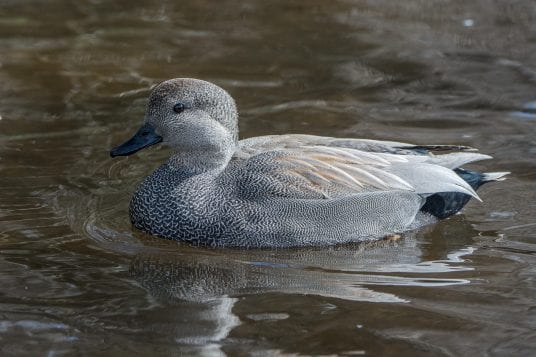
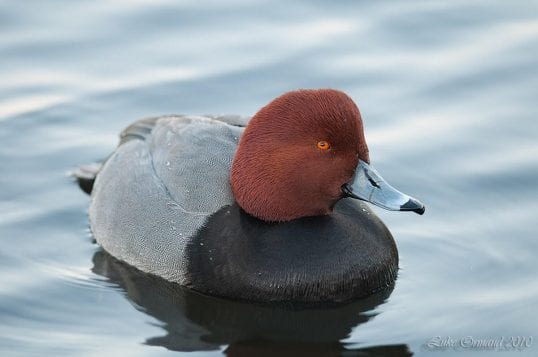
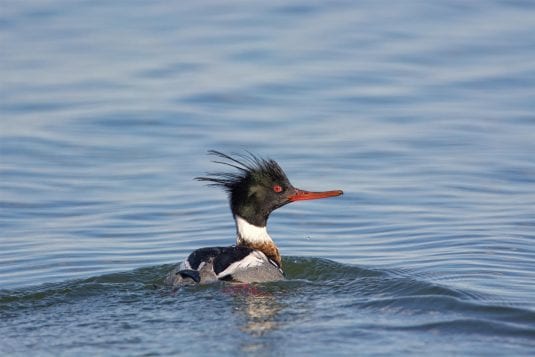


 A resident of Setauket, John Turner is conservation chair of the Four Harbors Audubon Society, author of “Exploring the Other Island: A Seasonal Nature Guide to Long Island” and president of Alula Birding & Natural History Tours.
A resident of Setauket, John Turner is conservation chair of the Four Harbors Audubon Society, author of “Exploring the Other Island: A Seasonal Nature Guide to Long Island” and president of Alula Birding & Natural History Tours.
